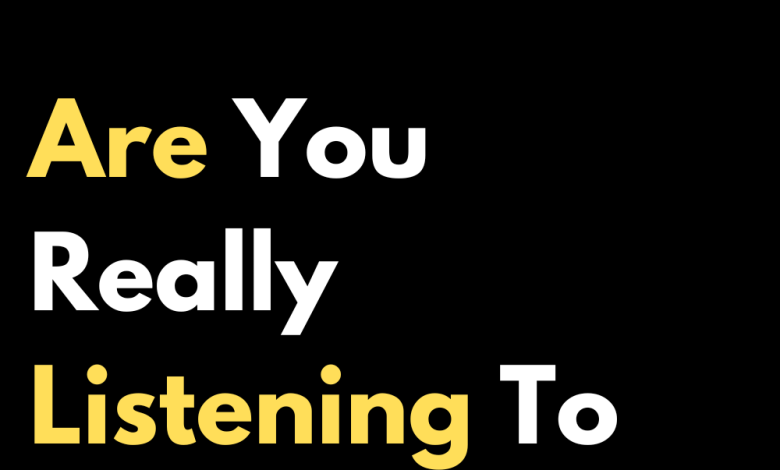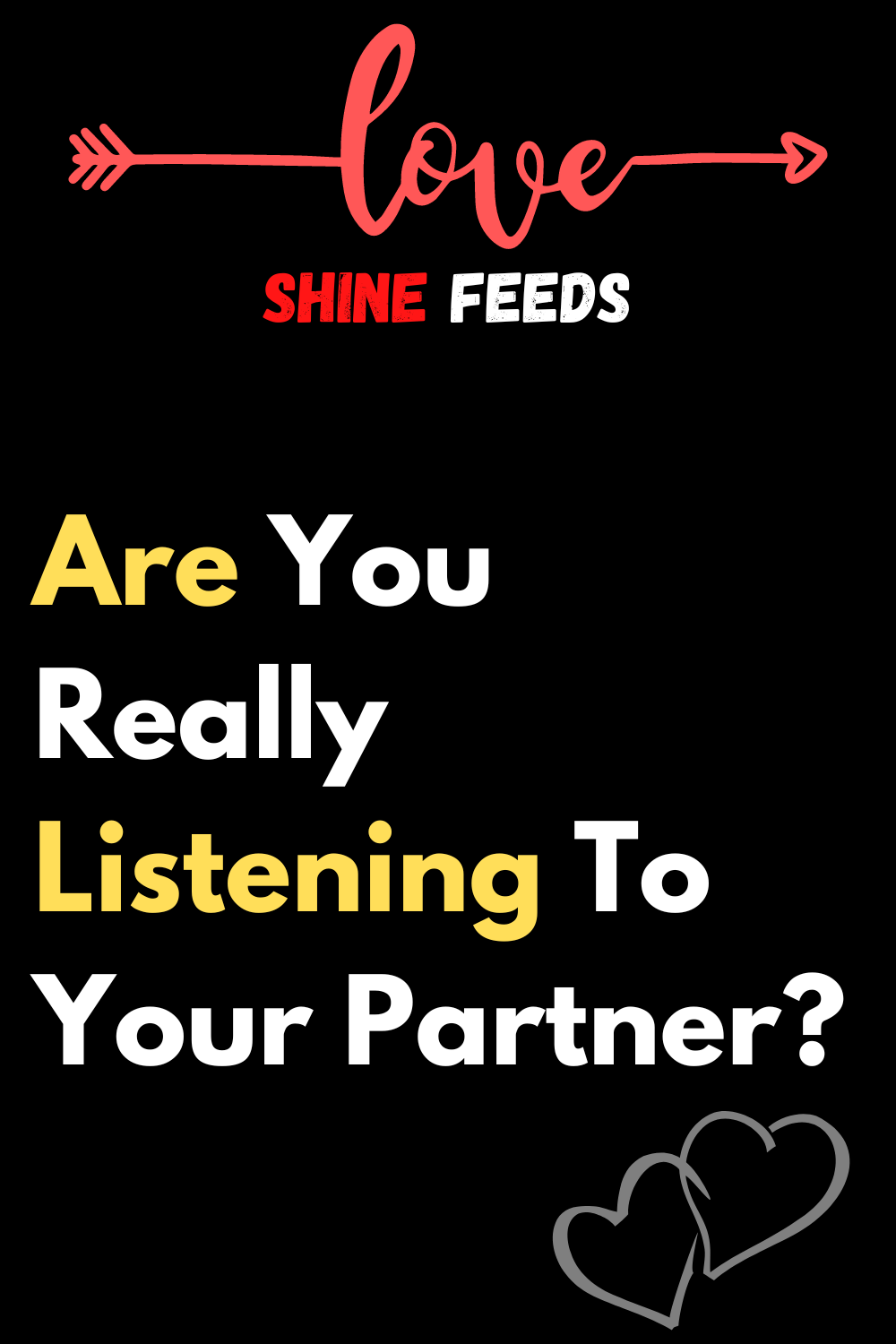Are You Really Listening To Your Partner?

There is a profound secret to enjoying a lasting relationship, and it’s so simple, you probably think you’re already doing it, but chances are you’re not. This is the art of active listening, and unfortunately, it’s a lost one. With the fast-paced world we live in, overload of technology, and egocentric focus most people take, rarely do we truly listen to our partner.
There are many ways to improve communication between your and your partner and begin employing active listening skills, which is one of the simplest yet most profound ways we can tell another person we care. Once you get the hang of it, make sure you’re listening to everyone in your life who holds special meaning.
Listen with silence. This is the most common way we learn to listen. Showing your partner you’re interested in what he has to say involves being silent and allowing the other person to speak. However, listening is so much more than this. In fact, most of the time when you’re sitting in silence listening to another person, you’re no more than waiting for the person to finish so you can interject your point. Don’t believe this is true? Consider this point the next time you’re engaged in conversation.
Listen with eye contact. It’s important to make eye contact with someone when they’re speaking. In some cultures, however, making constant eye contact is considered rude, so be mindful of this. When your partner tells you something – even if it’s just a recap of his day – making eye contact will let him know you care and will actually allow you to listen more intently. If you roll your eyes, check your phone, or are constantly referencing the wall clock, these are all clear signs you don’t care.
Listen with body language. Another way to show someone you’re interested in what they have to say is by uncrossing your arms, leaning in, and being still. Fidgeting, tapping your fingers, and turning away from the speaker all show you’re not engaged in the conversation. Instead, offer body language that lets your partner know he’s worth your attention.
Listen without distractions. Taking on another task (even when you insist you’re still listening) demonstrates passiveness. Rushing from one side of the house to another while someone is trying to tell you something makes the person believe you have better things to do. Instead of continuing to try relaying the message, he is likely to offer a “never mind, I’ll tell you later,” and give up.
Listen without interjecting. Listen until there’s at least a pause – it’s that simple. Resist the urge to interject. Do you enjoy being interrupted? Chances are you find it just as annoying as everyone else. It’s frustrating and often makes the person lose their train of thought. It can be tough, though, if you really want to build upon a point being made. This is why active listening actually takes practice. You have to practice staying engaged in the conversation while committing to memory the point you wish to make when it’s your turn.
Listen by responding. At the right time, respond in some way that shows you heard what was said, then introduce any point you want to make. There are specific techniques that those in helping professions are trained to employ and they work in everyday conversation, too. You can summarize the points the person has made, reword what they’ve said a bit and ask if you heard them correctly, or tie a feeling word to what was said. For example, “I hear your frustration.”
While many of these points seem to be common knowledge, they truly are not. They’re actually much more difficult to do in practice. If you’ve already got most of these down, great! You’re ahead of the majority.
Active listening, sadly, is rarely a part of our conversations these days. But, because of this, choosing to use these skills with your partner will certainly go a long way. We all want to be heard, which means we should all be listening to each other, right? Your partner will notice and appreciate the extra effort.






